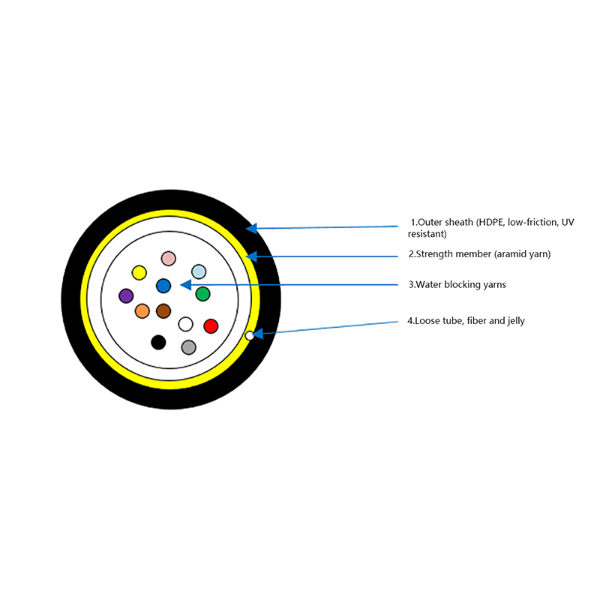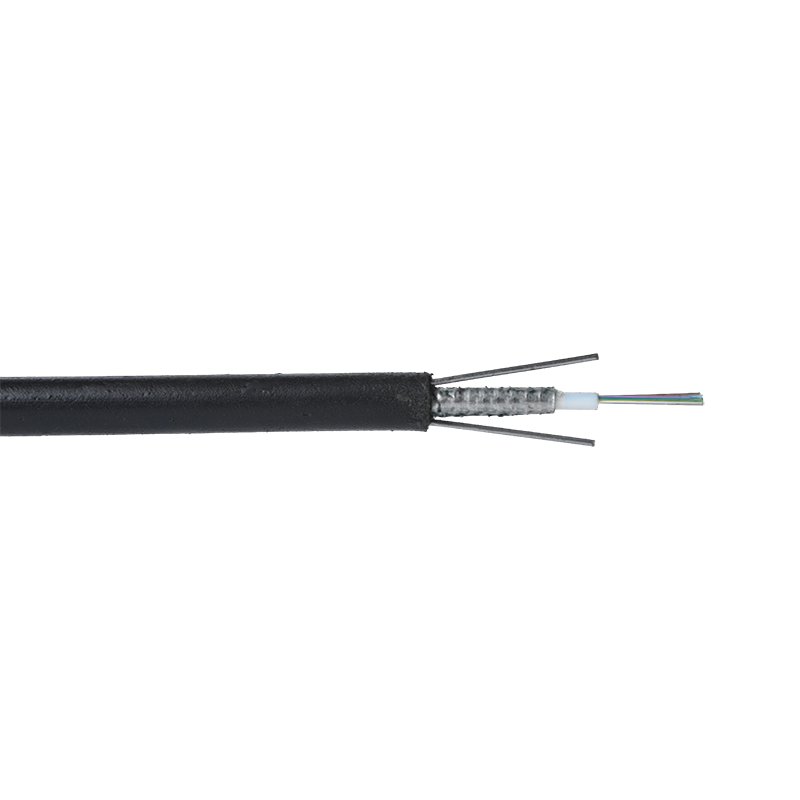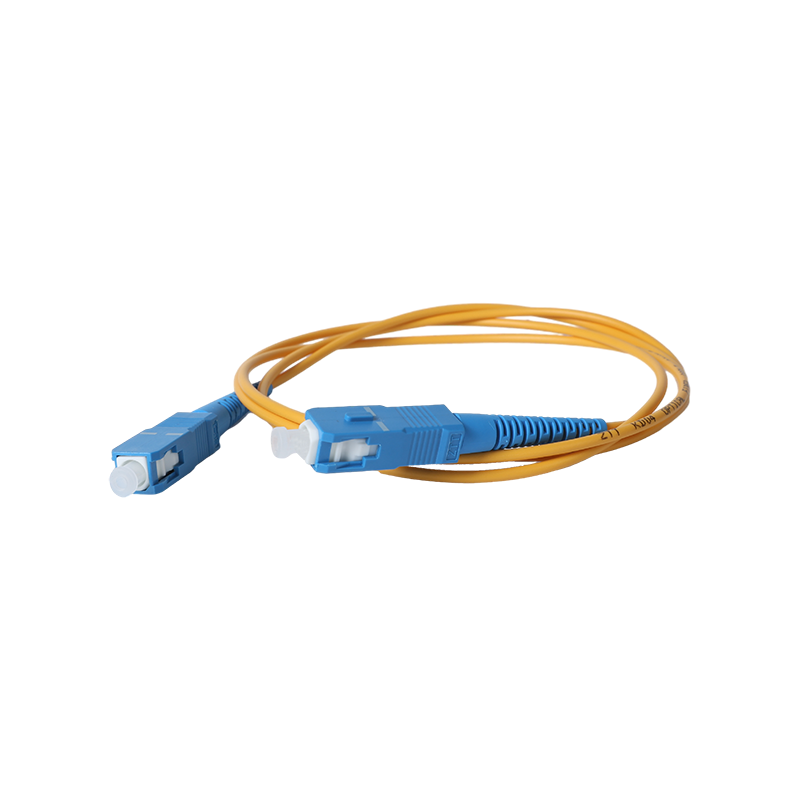In what environments or applications are loose tube fiber optic cables typically used?
Loose tube fiber optic cable is commonly used in a variety of environments and applications due to their flexibility and ability to withstand harsh conditions. Here are some typical environments and applications where loose tube fiber optic cables are utilized:
Outdoor Installations: Loose tube cables are designed for outdoor use, making them ideal for installations that require long-distance communication, such as telecommunications networks. They are often used in overhead and underground applications, providing reliable data transmission over long distances.
Telecommunications Networks: These cables are extensively used in backbone networks for internet service providers (ISPs) and telecommunication companies. Their ability to handle high data rates and long distances makes them suitable for connecting different network nodes.
Data Centers: In data centers, loose tube fiber optic cables are used for high-speed data transmission between servers and storage systems. They help ensure efficient data flow in environments that require high bandwidth and low latency.

Industrial Environments: Loose tube fiber optic cables are resistant to temperature fluctuations, moisture, and mechanical stress, making them suitable for use in industrial settings. They are often used in manufacturing plants, oil and gas facilities, and other environments where durability is essential.
Military and Aerospace Applications: Due to their robustness and resistance to environmental factors, loose tube cables are used in military and aerospace applications. These cables can operate in extreme temperatures and are resistant to electromagnetic interference.
Smart Cities and IoT: As cities become smarter and more interconnected, loose tube fiber optic cables are used to support the infrastructure of Internet of Things (IoT) devices. They facilitate communication between sensors, cameras, and other connected devices, enabling efficient data collection and analysis.
Utility Networks: Loose tube fiber is often deployed in utility networks for communications between control centers and remote facilities, such as substations in electrical grids or water treatment plants.
Loose tube fiber optic cables are favored for their versatility and performance in various demanding environments, making them a key component in modern communication networks.



 English
English русский
русский Español
Español عربى
عربى 中文简体
中文简体




















